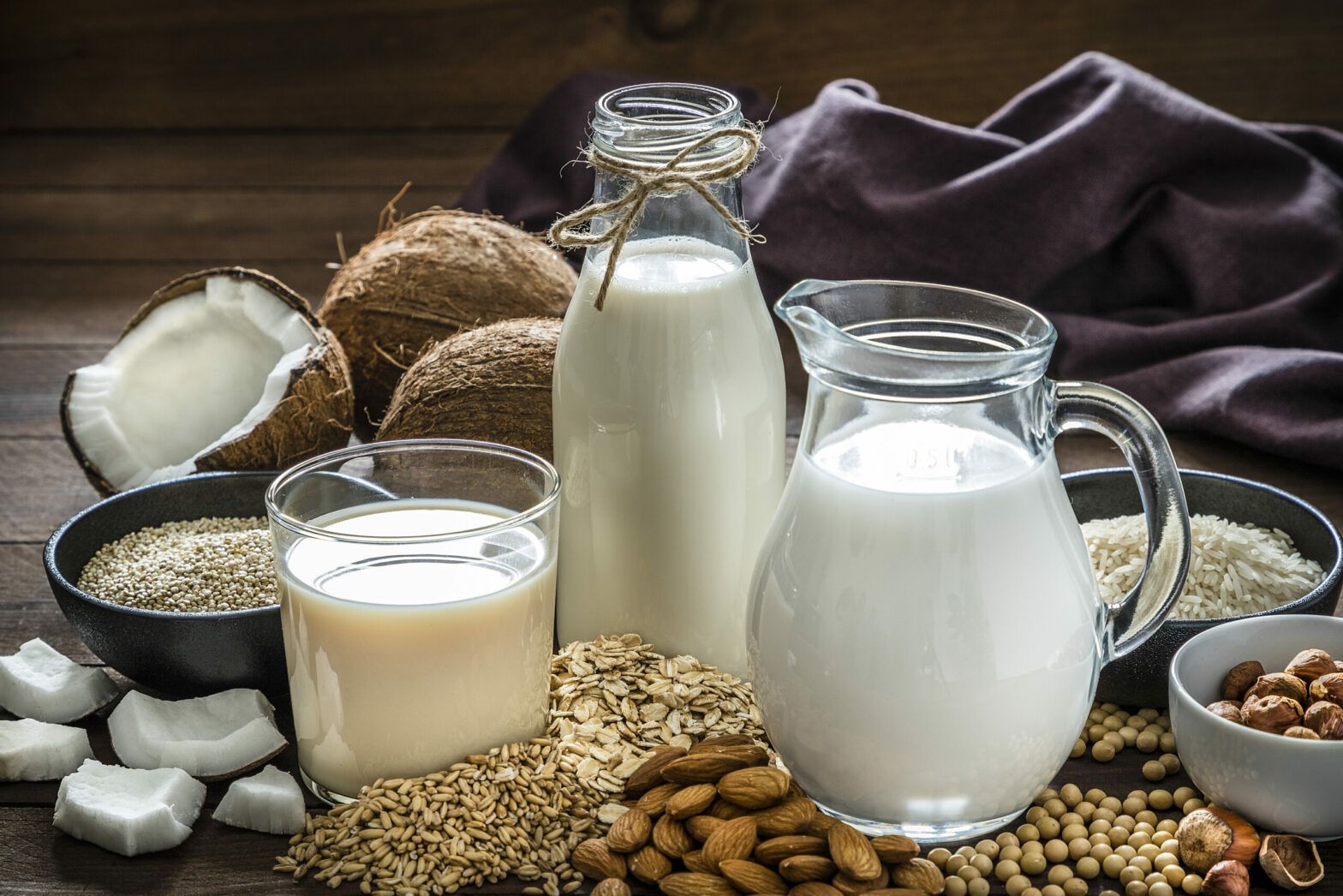It seems almost obvious that consumer demand is shifting towards products that are not only better for us, but also better for the environment.
One area of interest, and often over-looked, is milk production. Instances of milk allergies and lactose intolerance, concerns over the use of hormones, pesticides and anti-biotics in cows and the desire to reduce sugar and improve our health and wellbeing are driving greater adoption of dairy alternatives.
See also: – Three ESG food trends in emerging markets
It seems almost daily that we walk into our local supermarkets and notice a new brand of nut milk, attesting to the fact that consumers are expanding their horizons.
One only has to look at the recent IPO of Oatly, the Swedish oat milk company. The company’s shares soared +18% when they made their public market debut in May.
The global milk alternatives market, valued at $20.5bn in 2020, is currently expected to grow at an annual compound growth rate of 12.5% between 2021 and 2028, according to Grand View Research.
Why is milk relevant to sustainability?
Growing up, many of us were given milk at school. If served cold, it was a bonus. We all grew up drinking milk and eating cheese and enjoying early morning bowls of cereal, did we not?
So how is dairy connected to the problems we see today across the environment?
The answer has to do with the size and scale of the dairy industry.
There are an estimated 278m dairy cows in the world today. In 2017, about 909m tons of milk were produced by these cows.
These cows need a number of things: feed, water and land, that is to say room for pasture, and there is well-documented evidence that cattle farming is one of the leading causes of deforestation in the Amazon region.
Milk itself is also not yet produced sustainably. It’s staggering when you consider the sheer amount of water needed to produce just one gallon of milk (a ton is equivalent to roughly 31 gallons). Consider that an estimated 1000 litres of water are needed to produce just 1 gallon of milk. Over 95% of that water simply goes into growing the feed that will nourish the cattle! Compare that with just 48 litres of water for oat milk, for example.
Moreover, consider that a dairy cow eats around 100 pounds of feed per day. As cows produce more milk, they also eat more.
See also: – Are cows the new coal?
Are there more ‘sustainable’ alternatives to milk?
Hence the question, would you as a consumer consider milk a resource-efficient beverage? Or could we reduce our intake of milk and/or shift to more sustainable alternatives?
Regardless of one’s preference for taste, and some people would swear by cow’s milk, there is clearly room for improvement.
According to Verified Market Research’s recently published “Cashew Milk Market” report, the world currently has around 79 million vegans. The same report also highlighted that 68% of the world’s population suffers from lactose malabsorption.
See also: – A new agricultural revolution – power to the people
For dairy alternatives, that represents a huge market, just on the basis of health reasons alone.
There are several milk alternatives in the market but according to Allied Market Research, soy milk, almond milk, and rice milk are the most popular.
- Soy milk is particularly attractive to women and the elderly as its isoflavones are associated with lower risks of heart diseases and breast cancer, and its phytoestrogens are viewed as an alternative oestrogen supplement.
- Almond milk is an attractive alternative for those following ketogenic or vegan diets and is rich in lipids, fiber, and protein. It is also associated with improved blood pressure regulation, and since it is rich in vitamin E and manganese, it is viewed as beneficial for the skin and to protect against cancer.
- Rice milk has a sweeter taste than other alternatives but can be high in carbohydrates and calories and has little protein and fiber.
- Oat milk comes from straining the liquid out of oats. It is high in protein, low in fat, and free of gluten, lactose, nuts, and eggs, which can be allergens for some. It can have more carbohydrates and calories than other non-dairy alternatives.
- Hemp milk is loaded with heart-healthy omega-3 fatty acids and has fewer calories than whole dairy milk.
Nestlé recently launched Wunda, a new pea-based beverage that the company markets as “epic in everything” that would otherwise use dairy milk. The brand is being launched first in France, Portugal and the Netherlands and will then enter Europe’s other markets. The product is made from yellow peas, a high-quality source of protein, and will be high in fiber, low in sugar and enriched with calcium. The product was developed as part of Nestlé’s R&D Accelerator initiative.
See also: – Seed science, sanitation and seasoning: Nine opportunities in sustainable food
Europe is ahead of the curve
Europe is projected to be the fastest growing alternative milk market through to 2026 due to the increasing demand mostly from flexitarians. The rising health awareness of Europeans is amongst the highest in the world, and – along with environmental factors – is expected to drive strong growth in the market for non-dairy alternatives.
Also, looking forward, the growing populations and rising disposable incomes of folks in emerging countries, especially China, Japan and in particular India where vegetarianism and veganism are already very widespread, are expected to augment the overall demand as awareness grows across the Asia Pacific region.
The bottom line is that in the coming years, we can expect to see milk alternatives gain market share over traditional dairy and less healthy beverage types. As consumers embrace alternatives, we should also see further development in downstream products including yogurts and ice creams. At least we have already broken out our spoons doing some due dilly on Ben & Jerry’s Non-Dairy Pints.








